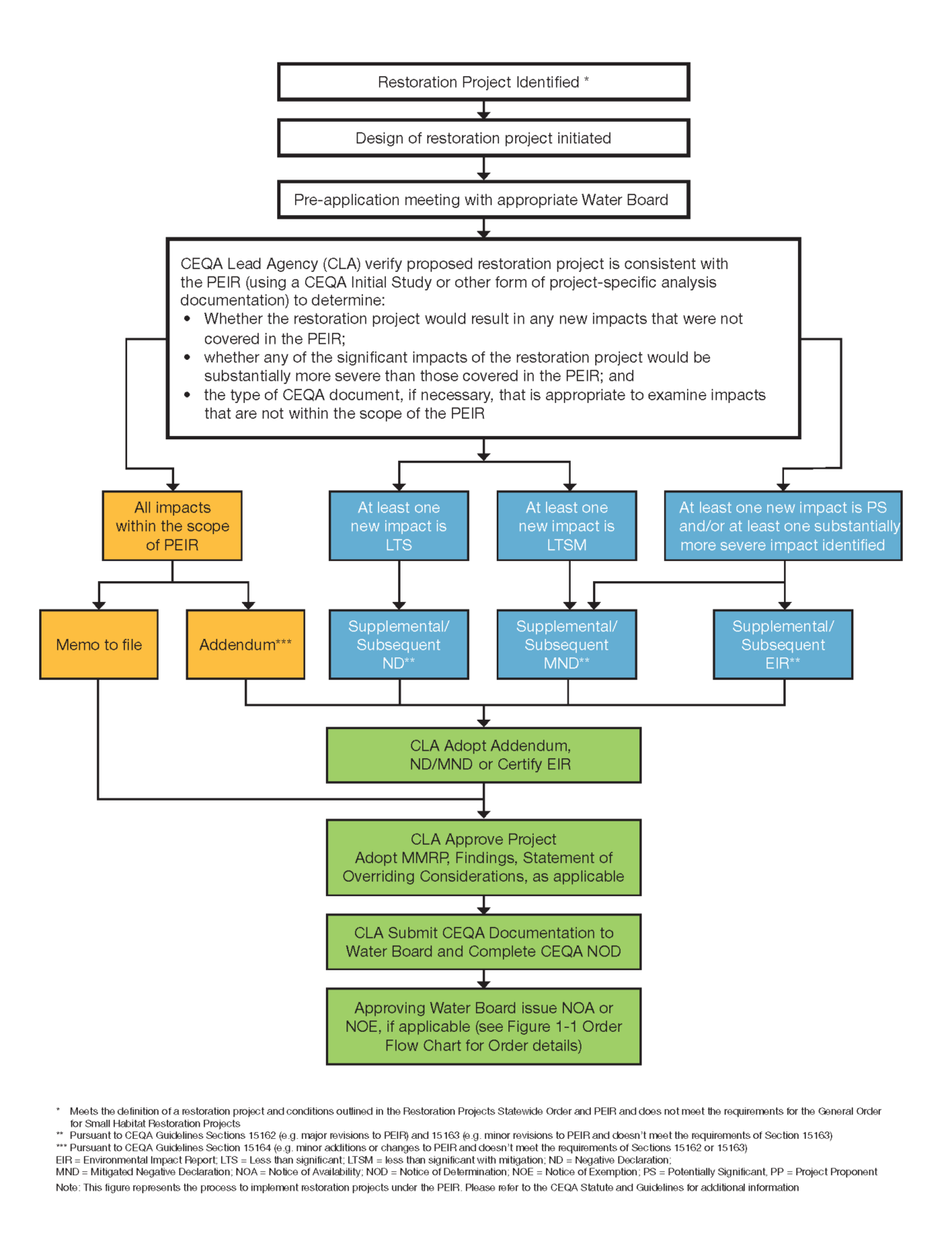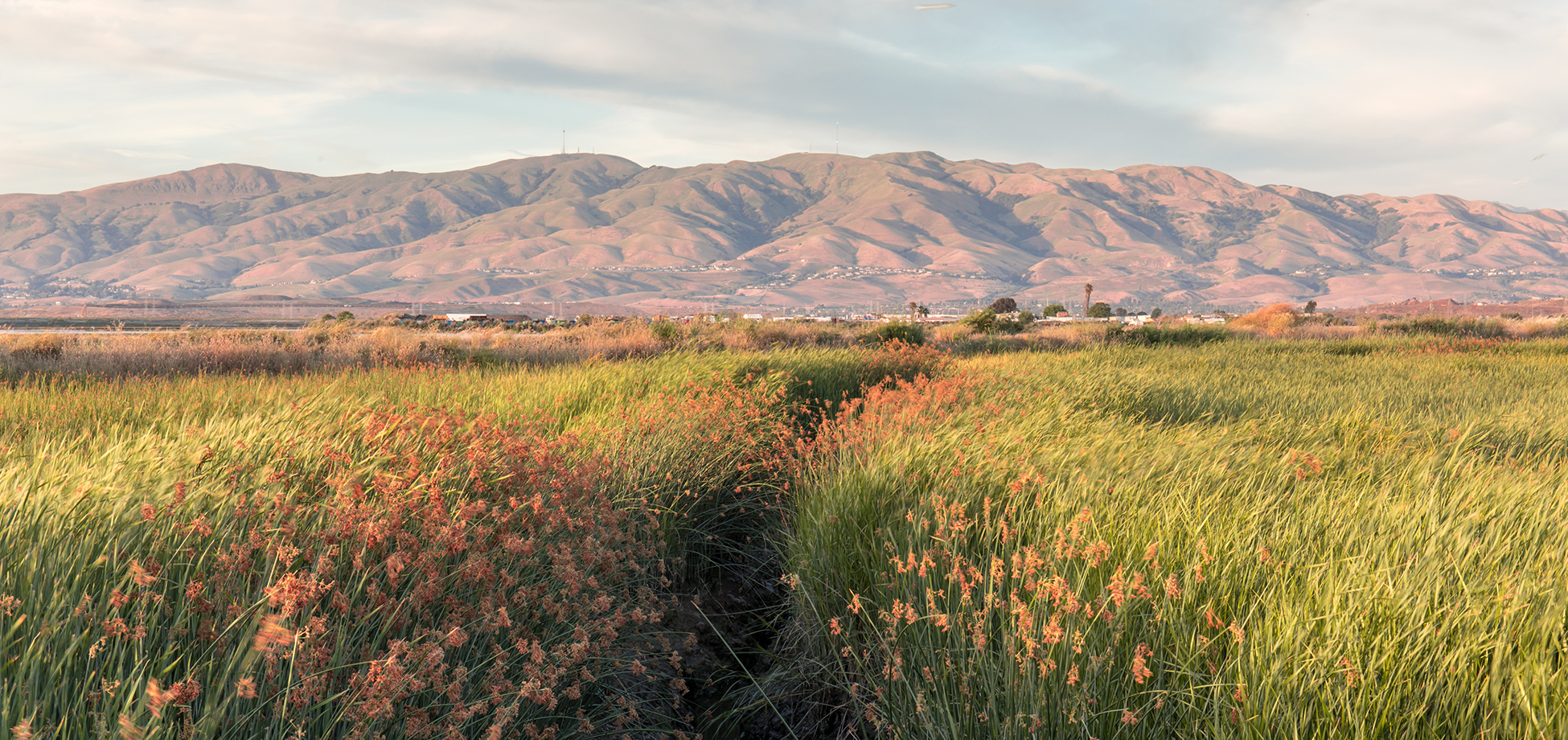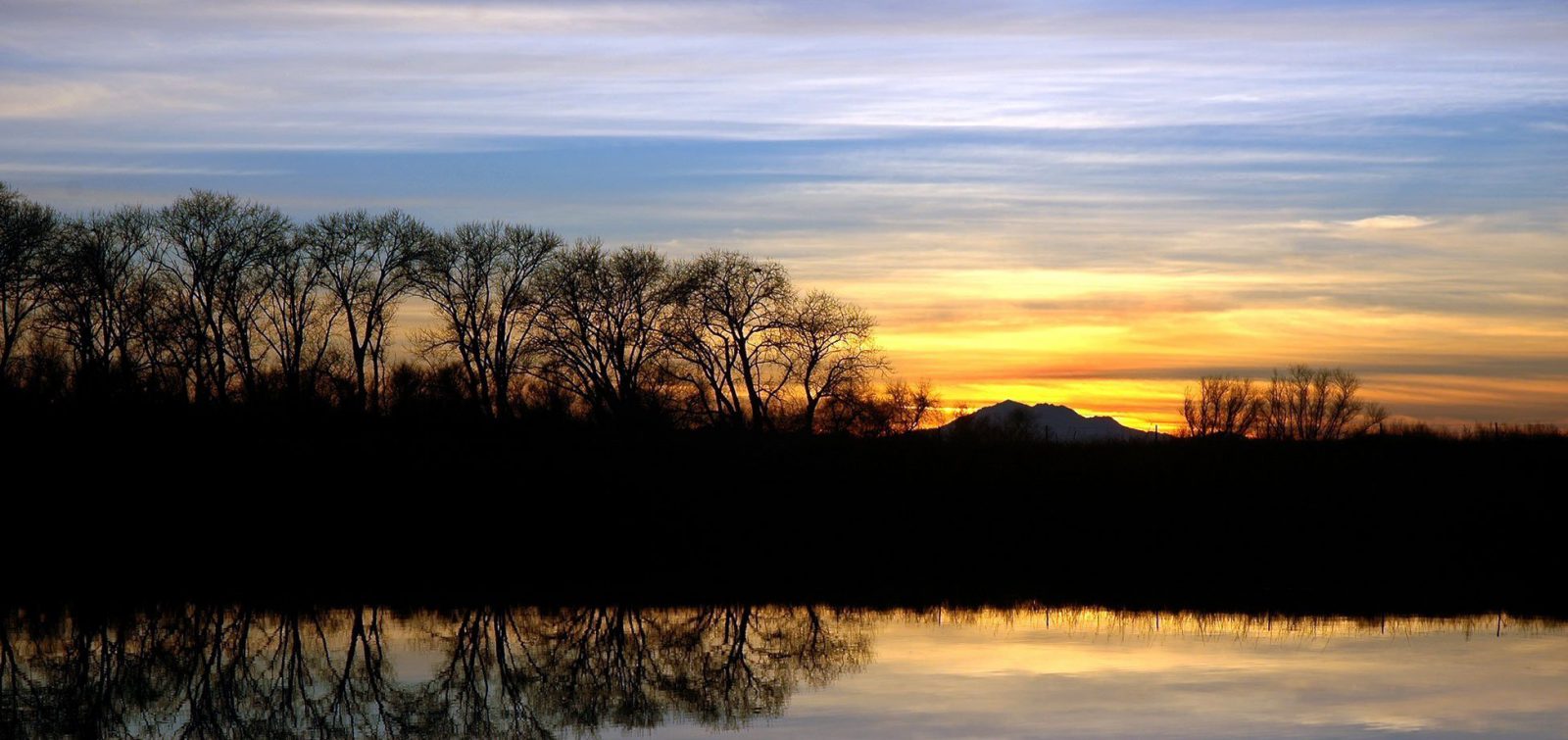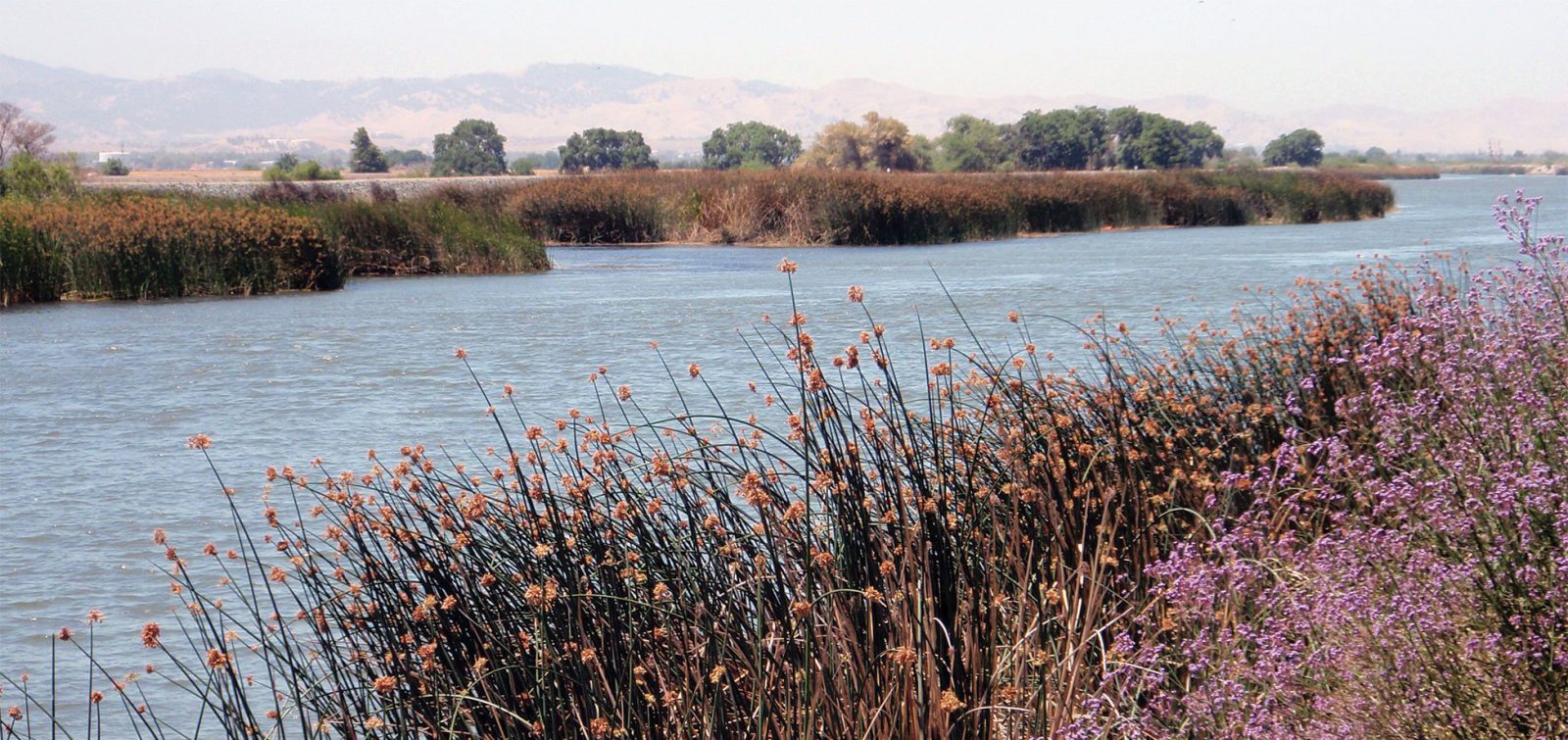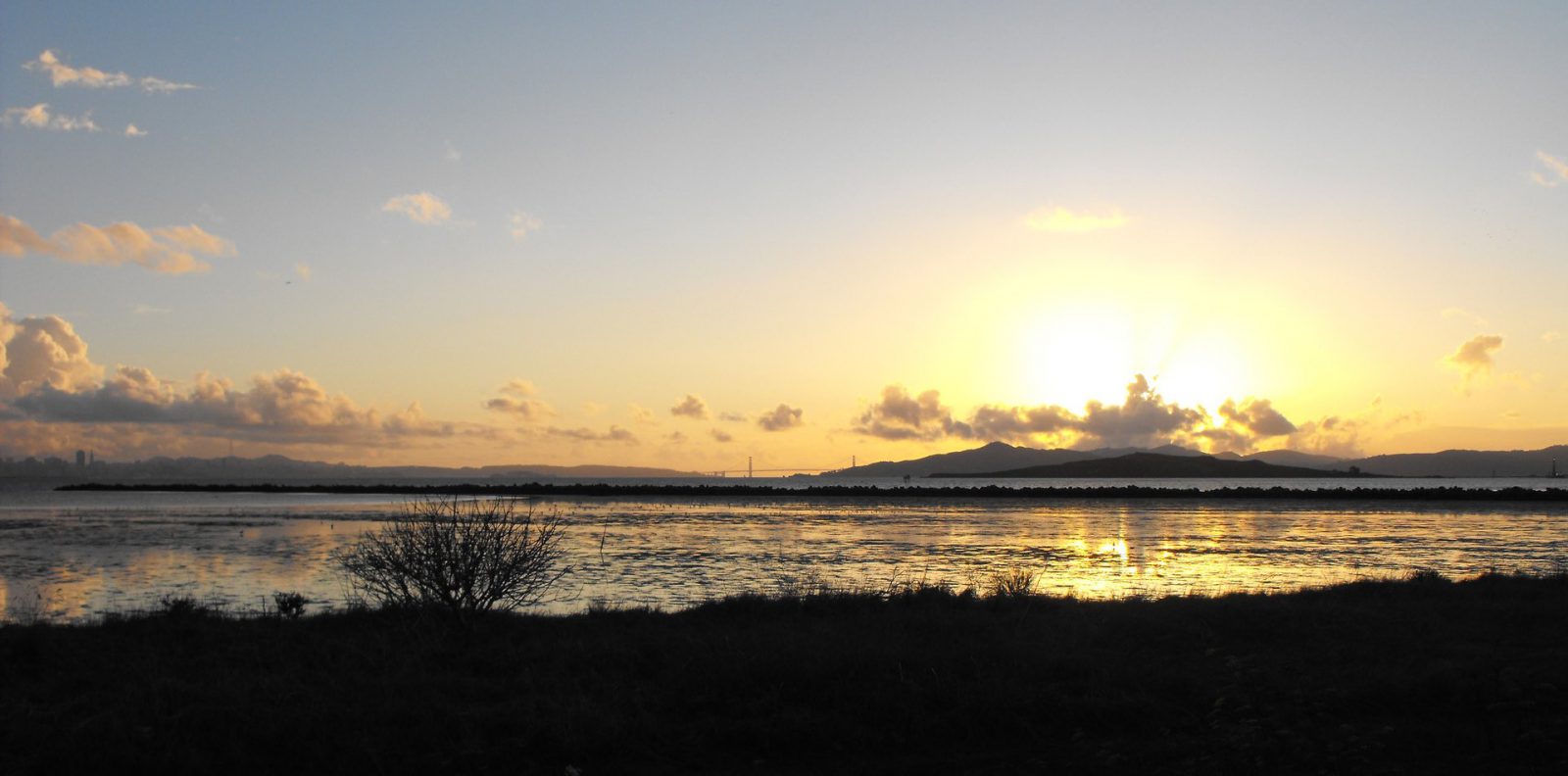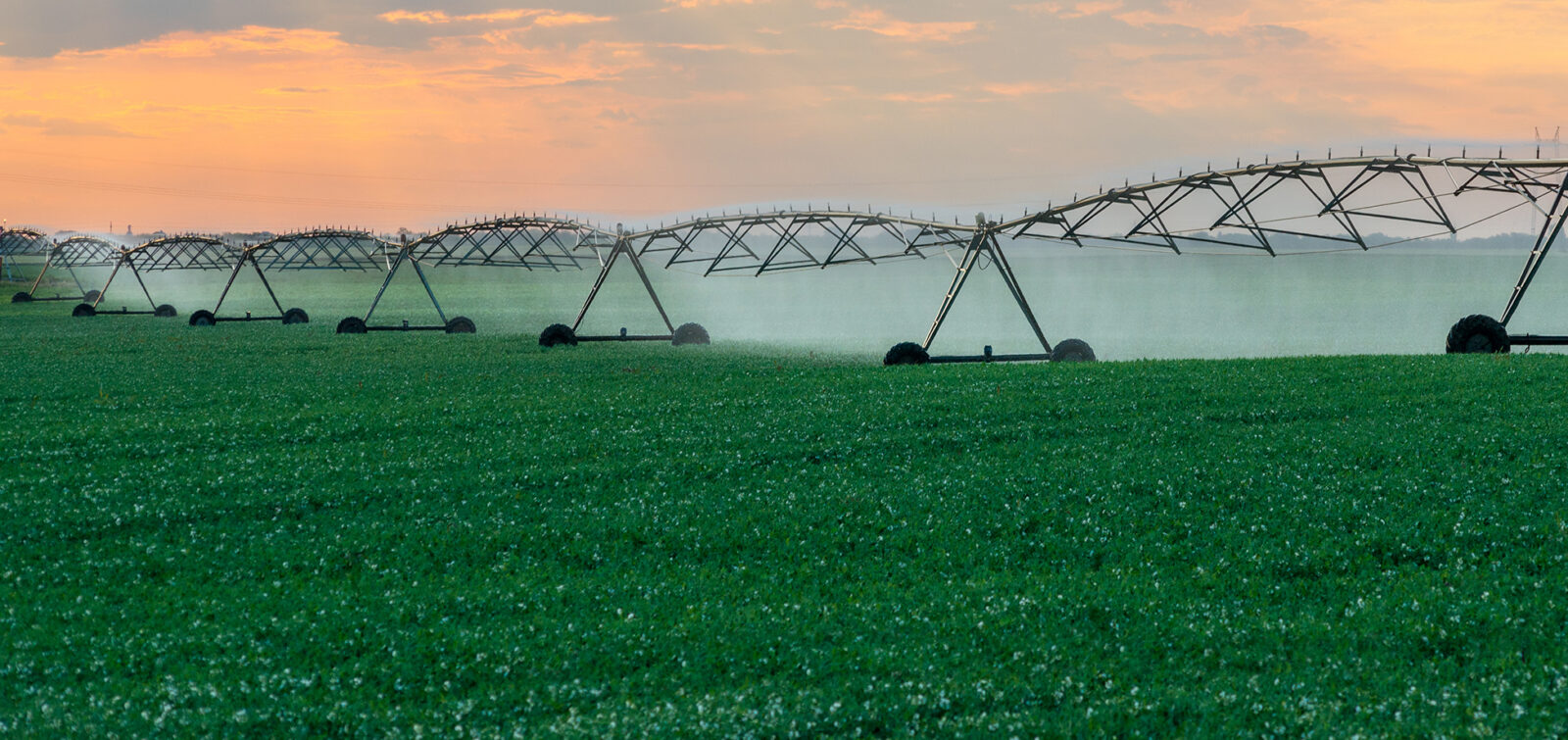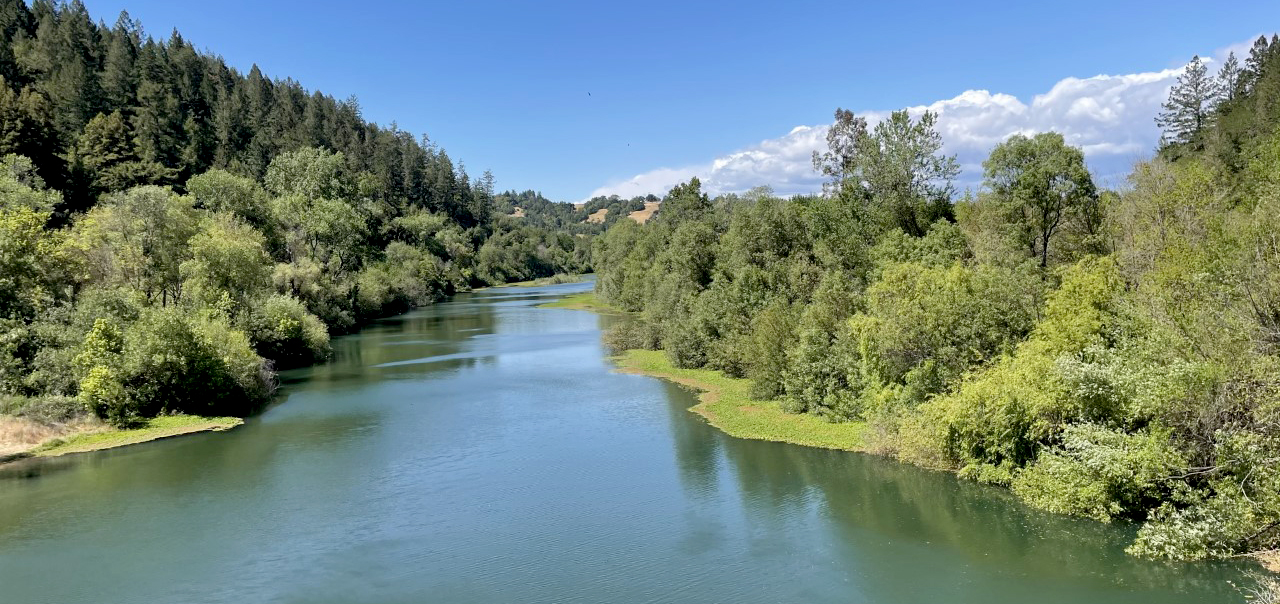Environmental compliance and permits exist to disclose, avoid, reduce, and mitigate, as well as foster an informed and transparent decision-making process related to environmental impacts of development projects. But when the same requirements can impede the progress of restoration projects that benefit the environment (e.g., ecological restoration), it becomes “green tape.”
To foster environmental stewardship, the State of California’s Water Resources Control Board (SWB) developed the Statewide Restoration General Order (SRGO, or General Order) and Program Environmental Impact Report (PEIR), which were approved on August 16, 2022, to effectively expedite the regulatory approval process to accelerate restoration projects in California.
The State’s “Cutting Green Tape Initiative,” backed by the Administration of Governor Gavin Newsom in 2019 and made a top priority in an Executive Order in 2020, propels meaningful changes to the permitting process. In the latest progress report published by the California Natural Resources Agency, Secretary Wade Crowfoot summarizes the need for change: “Our state is known for strong laws that protect the environment from the effects of development and resource extraction. However, these very same policies designed to protect our natural resources can unintentionally slow down beneficial projects that restore essential habitat and imperiled ecosystems.”
The SRGO is one of the 14 recommendations (specifically, Recommendation 6) identified in the Cutting Green Tape: Regulatory Efficiencies for a Resilient Environment Final Report (California Landscape Stewardship Network, November 2020) and endorsed by Crowfoot.
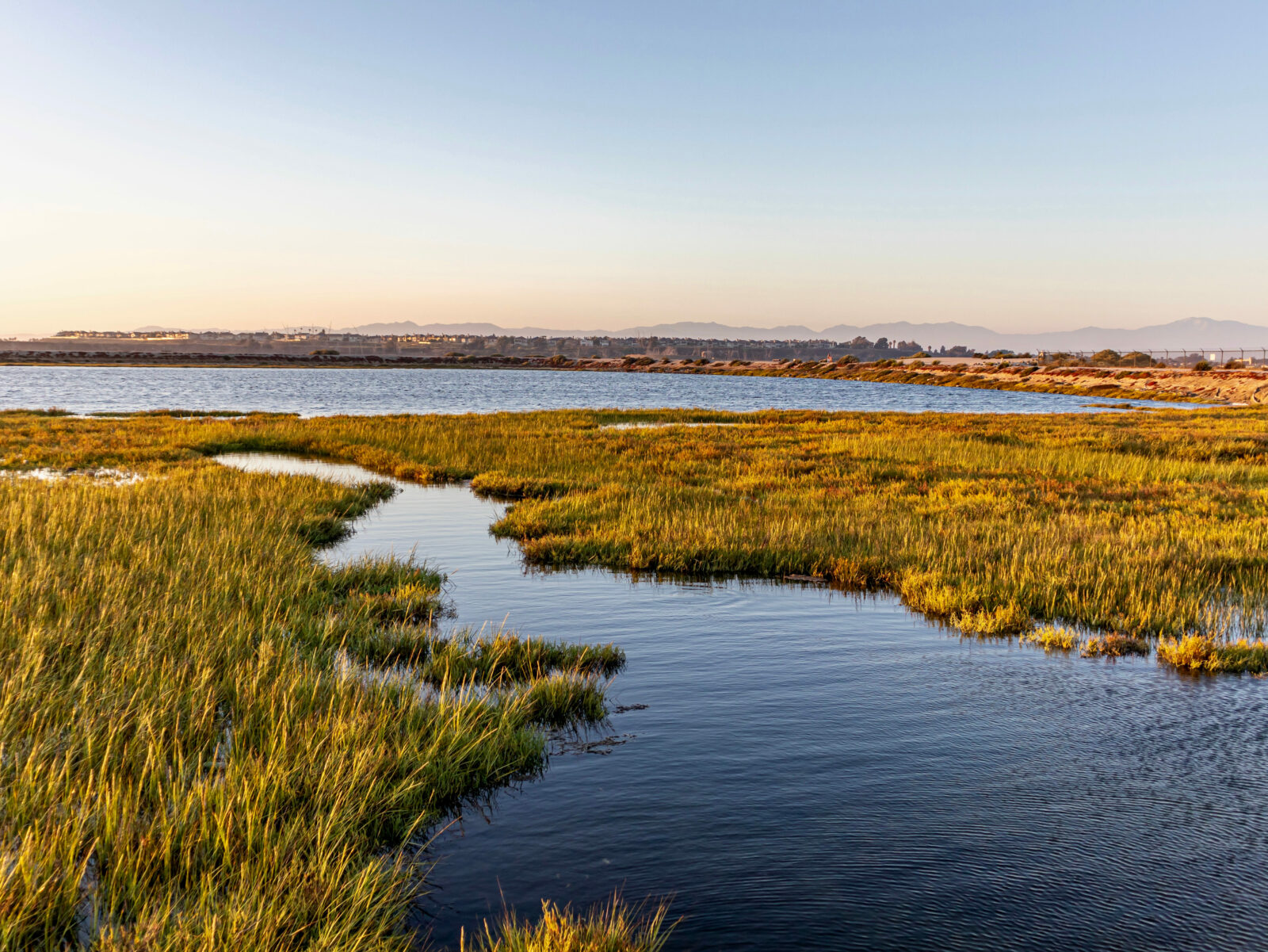
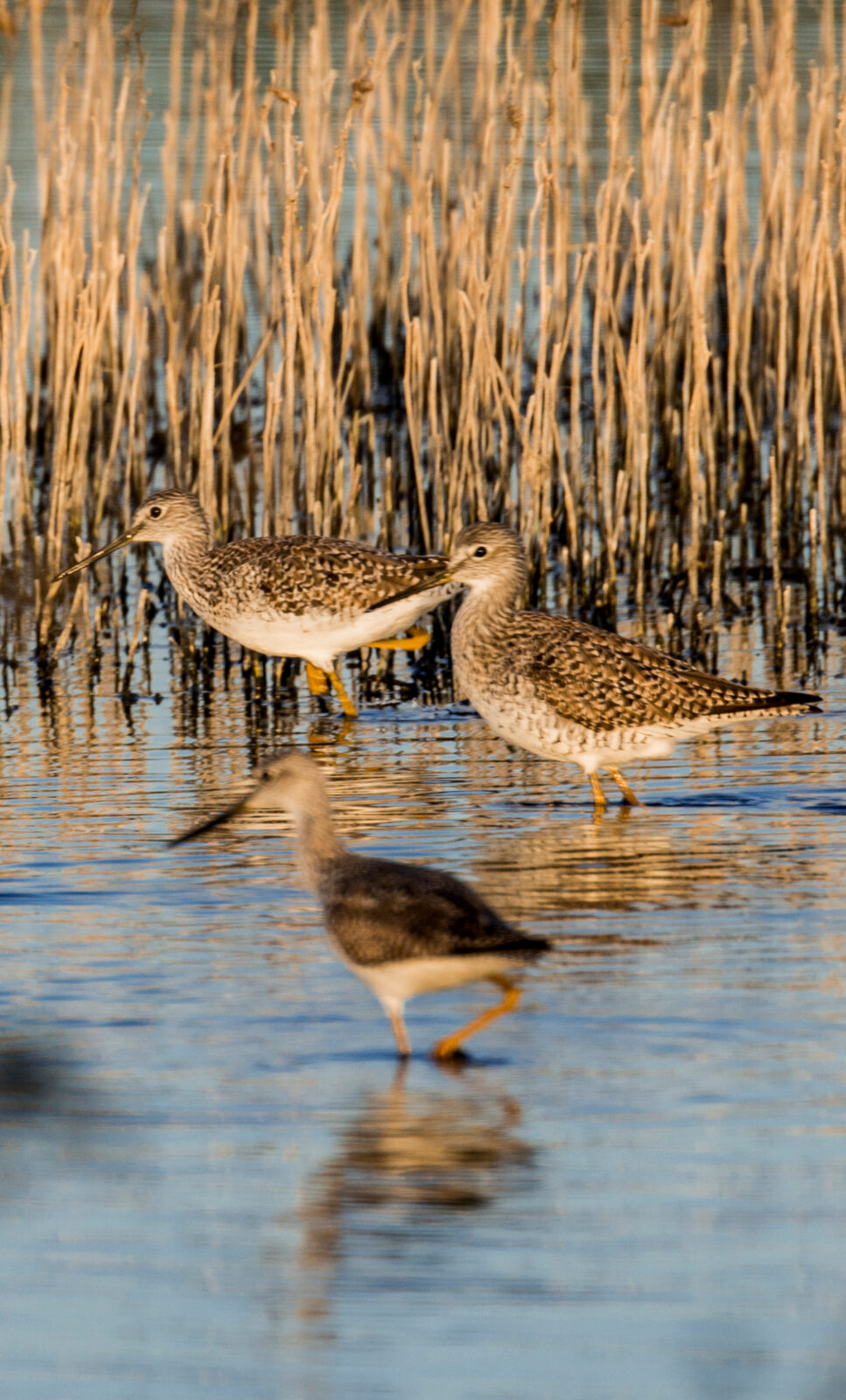
Who can Californians thank for this progress? The tremendous team at Sustainable Conservation, including Erika Lovejoy, Katie Haldeman, and Stephanie Falzone, who led the effort with support from ESA’s Jill Sunahara, Meredith Parkin, and Chris Fitzer. This group collaborated closely with staff from the SWB, who showed extraordinary leadership and innovation to move the permit forward, as well as with expert restoration practitioners statewide.
“Sustainable Conservation’s strong vision for accelerating the pace and scale of habitat restoration in California, and their multi-stakeholder, multi-agency collaborative approach, has resulted in California’s most innovative and successful permitting programs to date, and these permits will continue to enable habitat restoration projects for years to come,” says Jill Sunahara, ESA’s Northern California Biological Resources Director.

“These permits will continue to enable habitat restoration projects for years to come.”
Jill Sunahara, ESA Northern California Biological Resources Director
“What’s so exciting to me about these new statewide authorizations is that they include a broad range of restoration project types and can be used for projects that don’t fit under the authorizations for small habitat restoration projects,” shares Stephanie Falzone, Sustainable Conservation Accelerating Restoration Project Manager. “The number of projects that could possibly use them is more than we’ve ever had before, and it’s hearing about the projects that get implemented and how these authorizations help project proponents that makes this work rewarding.”
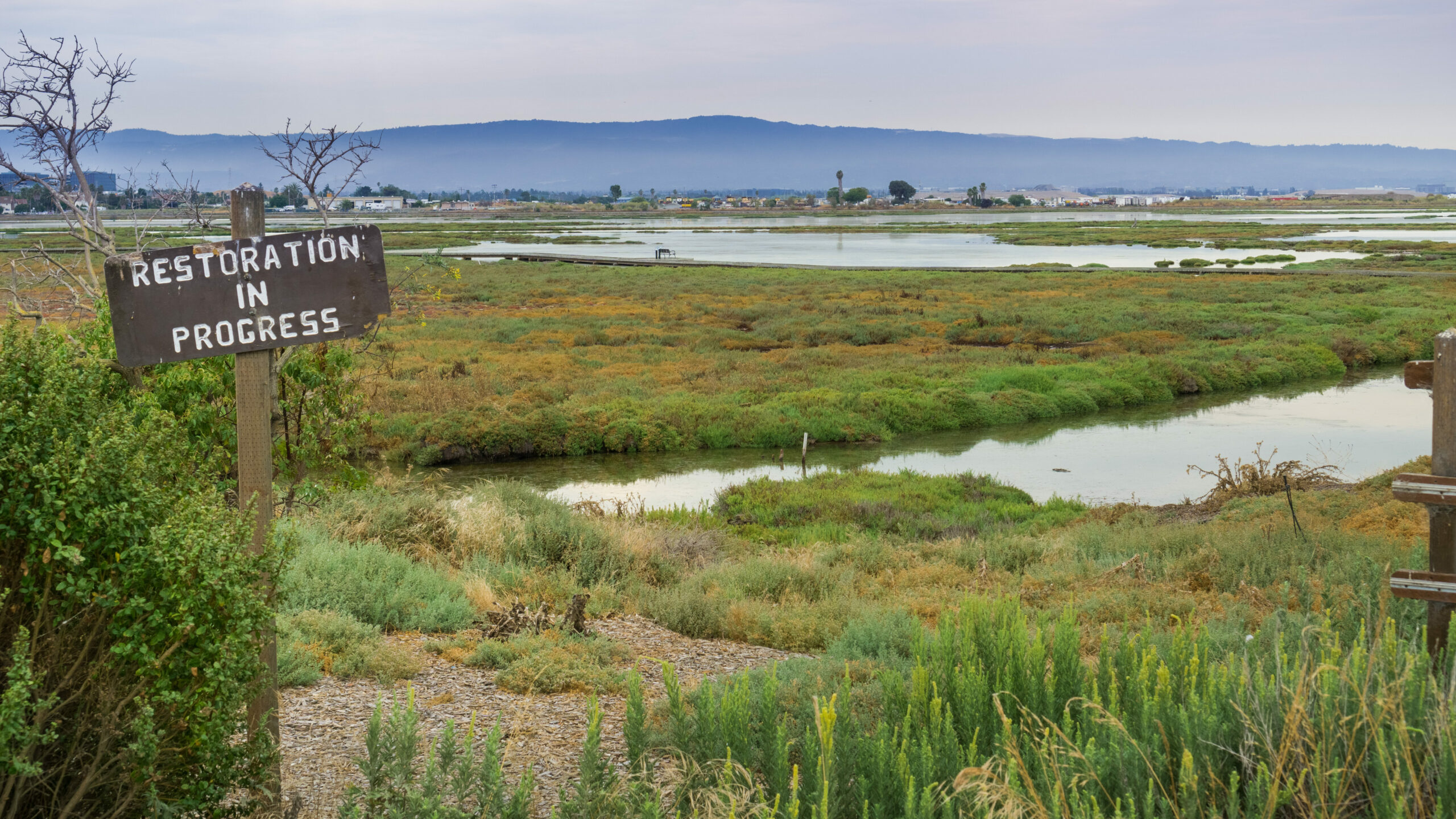
Up until this point, only small restoration projects up to five acres and 500 linear feet or less would benefit from an expedited permitting process. This new General Order affects projects of all sizes and, according to the SWB, “is intended as a companion, not a replacement, to the General Water Quality Certification for small habitat restoration.” The General Order provides standardized baseline Clean Water Section 401 coverage for eligible restoration project types that would result in a net increase in aquatic or riparian resource functions and/or services through implementation of design guidelines and relevant protection measures.
In addition, project proponents can use the SRGO PEIR (e.g., through an addendum, supplemental EIR) to help expedite the California Environmental Quality Act (CEQA) compliance process for their restoration projects. The General Order and PEIR are consistent with other restoration programmatic permits, including Biological Opinions developed by National Marine Fisheries Service (NMFS) for the North Coast (NMFS 2022), Central Coast (NMFS 2016), South Coast (NMFS 2015), and Central Valley (NMFS 2018), as well as the recently released U.S. Fish and Wildlife Statewide Biological Opinion for Restoration in 2022.
“A lot of people thought the statewide restoration permitting
work could not be done, but perseverance, supportive funders,
and building strong partnerships with agencies
helped make it happen”
Erika Lovejoy, Sustainable Conservation Accelerating Restoration Program Director
“A lot of people thought the statewide restoration permitting work could not be done, but perseverance, supportive funders, and building strong partnerships with the agencies helped make it happen,” says Erika Lovejoy, Sustainable Conservation Accelerating Restoration Program Director. “I think the agencies are really seeing the benefits of these efficient permits and they are thinking bigger and working hard to move them forward.” Like any new change in the regulatory sphere, we realize project proponents and consultants alike will need help navigating the changes.
Below, please find our set of Frequently Asked Questions, which we will update to provide continued guidance on application of these permits.
Frequently Asked Questions (FAQ)
When will this new permit be effective?
- It is effective now as of August 16, 2022! Applicants should connect with their local Regional Water Board to request coverage under the General Order and set up a pre-application meeting.
What projects apply for this new permit?
- The General Order provides coverage for a wide range of project types. See General Order Attachment A for a complete list of covered project types and prohibitions.
Will this save my project money?
- Cost savings are anticipated due to reduced effort for CEQA compliance (i.e., through use of the PEIR) and reduced administrative effort to comply with and acquire authorization under this “pre-written” programmatic permit during the project review process. Projects may also qualify for a reduced 401 certification fee category.
Will this make the permitting process faster?
- The SRGO establishes a streamlined Section 401 authorization process for environmentally beneficial restoration projects as the ability to obtain a Notice of Applicability or Notice of Exclusion from the applicable Water Board is generally faster than obtaining an individual Section 401 permit. In addition, we anticipate that use of the SRGO PEIR will enable a more efficient CEQA compliance process for restoration projects.
How does this new permit/news further the Cutting Green Tape initiative in CA?
- The SRGO is one of the 14 recommendations (specifically, Recommendation 6) identified in the Cutting Green Tape: Regulatory Efficiencies for a Resilient Environment Final Report (California Landscape Stewardship Network, November 2020) and endorsed by California Secretary for Natural Resources Wade Crowfoot.
Will I still need to complete CEQA compliance documentation?
- The CEQA Lead Agency will need to verify if the proposed restoration project is consistent with the PEIR (using a CEQA Initial Study or other form of project-specific analysis documentation) to determine the following:
- Whether the restoration project would result in any new impacts that were not covered in the PEIR
- Whether any of the significant impacts of the restoration project would be substantially more severe than those covered in the PEIR
- The type of CEQA document, if necessary, that is appropriate to examine impacts that are not within the scope of the PEIR
See the flow chart below describing the CEQA process developed by ESA and Sustainable Conservation.
